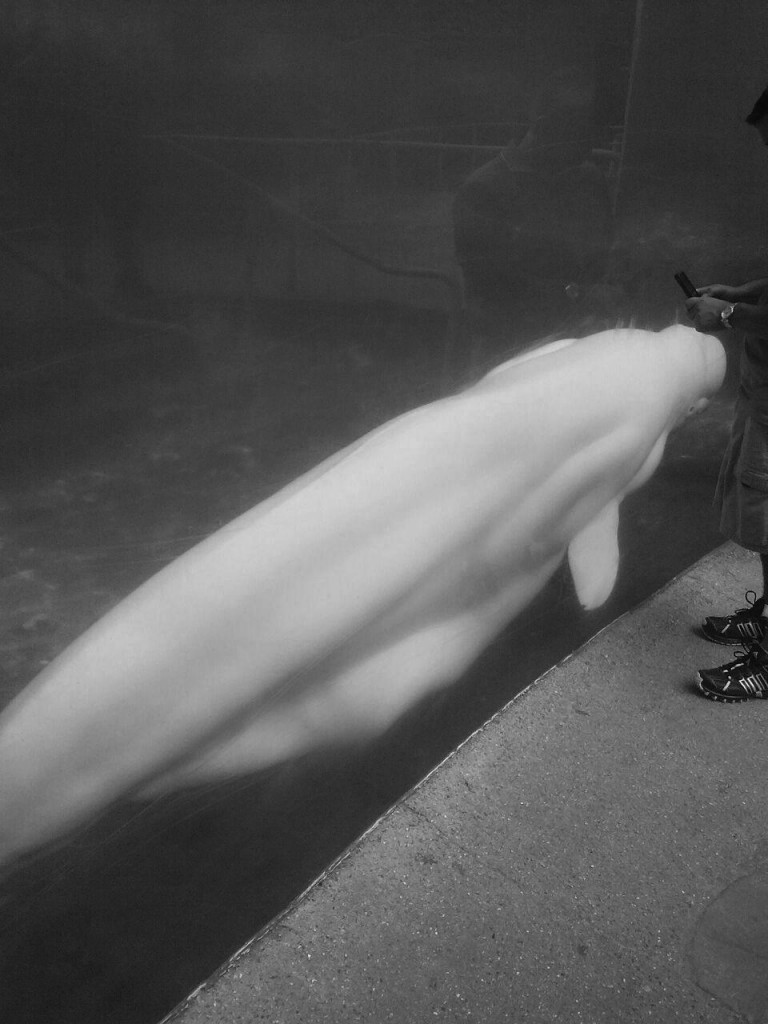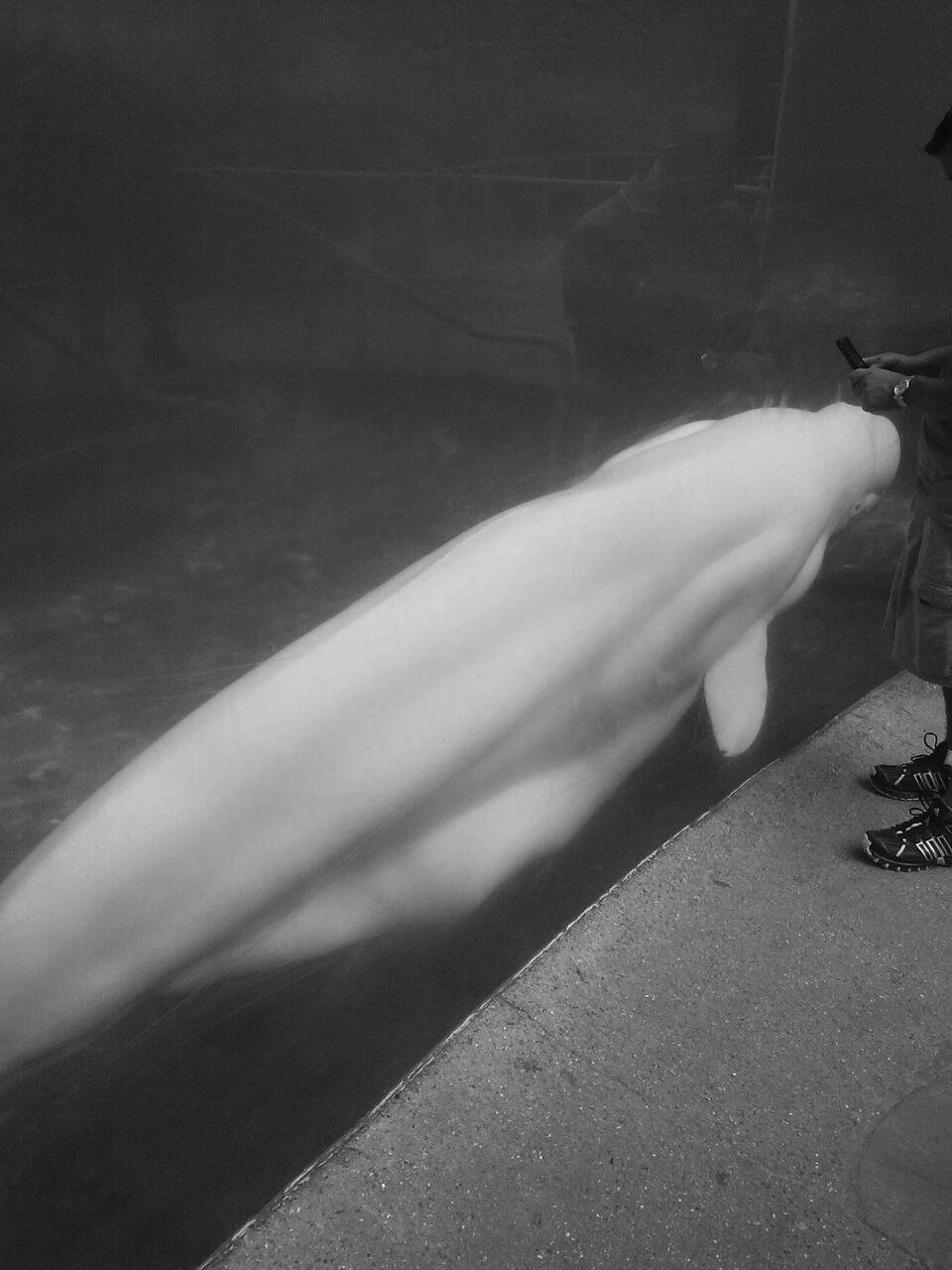

Photo Credit / Sarah Borys
BY CHRIS POWERS
SC Staff Writer
Similar to the way that tree rings can clue scientists in to the details of what happened within the tree’s life—such as how long it has lived and when the dry and rainy seasons alternated—the earwax from whales has recently been discovered to give life history details of whales.
Stephen Trumble, an assistant professor of biology, and Sascha Usenko, an assistant professor of environmental science, are two scientists from Baylor University looking into this matter.
The earwax forms in concentric rings, similar to a tree trunk. These rings shed light onto the life histories of these whales.
Usenko says, “When we actually cut the earplug in half, we can actually see the light and dark lamina layers in there. And so when we measure contaminates or hormones or mercury in each layer, the farther we go towards the center, the farther back in time we go.”
For a long time, the exposure of whales to pollution has been studied mainly by looking at the composition of the blubber within the whale. This tells scientists about the exposure of the whales to pesticides and other organic compounds, but it offers a rather limited scope compared to the insight granted by the earwax.
Usenko states, “The blubber actually just tells us what the animal was exposed to…But the earwax allows us to understand when that occurred in the animal’s lifetime.”
Whales live long lives, and since the ear rings form over time, growing outwards, the earwax of whales can show the effects of pesticides long discontinued. This ear wax grants scientists a play-by-play account of the cetacean’s chemical exposure or hormonal production over time.
Allowing scientists to look at a timeline of contaminants and when they occurred is not the only advantage that the earwax offers over the other methods of looking at chemical life histories of whales. Usenko also mentioned the fact that the scientists studying this “were actually able to measure the less persistent or more degradable contaminants, such as the natural hormones.”
The colors of the bands can also indicate different food abundances in the whale’s life. Earwax is composed of lipids, which are obtained from food. It is thought that lighter bands in the earwax indicate more lipids and more abundant food at the time the ring was formed, while bands that are darker could point to harsher, hungrier times.
Trumble and Usenko cited a study from plugs of earwax stored in museum collections such as the Smithsonian or the Santa Barbara Museum of Natural History. The Smithsonian, according to Trumble, “has upwards of 500 of them identified.”
Now, for more recent data collections, Trumble and Usenko collect their specimens from beached calves. As Trumble stated, “You can’t, you know, swim out in the ocean, draw yourself [an] earplug off a whale. This wouldn’t work.”
Email Chris at:
cpowers@live.esu.edu

